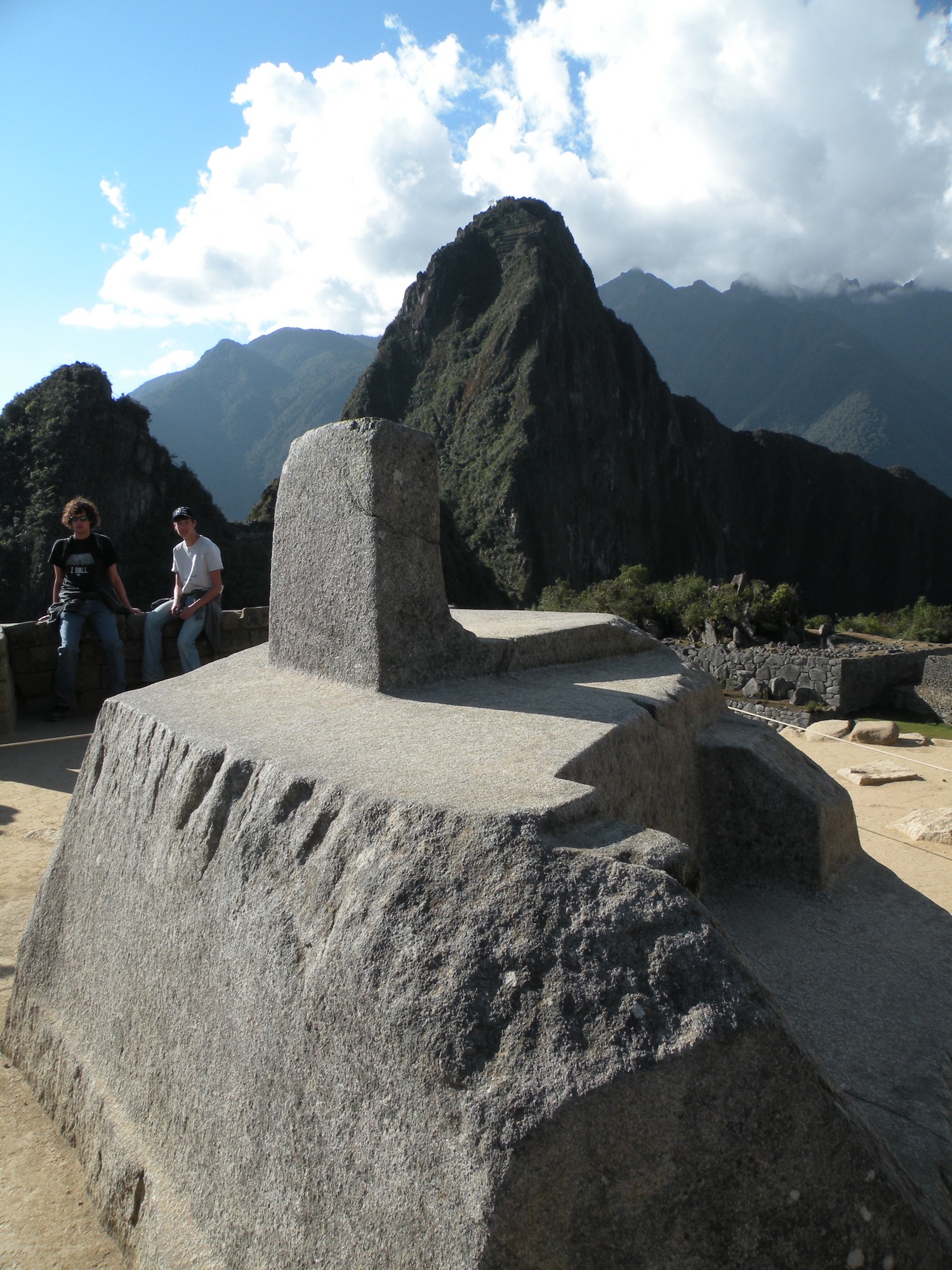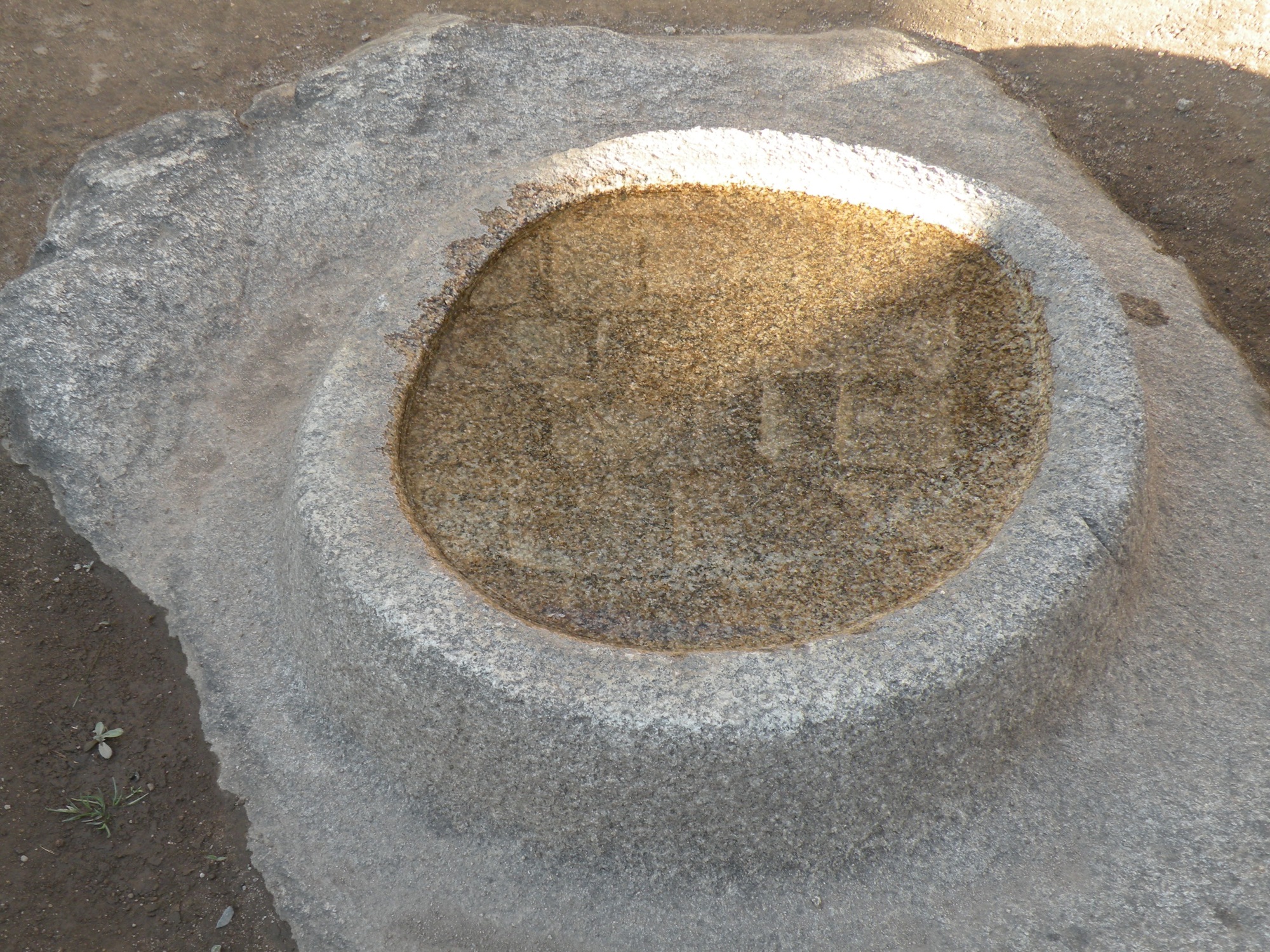Terraced Farmland
The town is primarily a farm community today and in the foothills of the Andes, they make the most of their land by creating terraced farmland.
The town is primarily a farm community today and in the foothills of the Andes, they make the most of their land by creating terraced farmland.

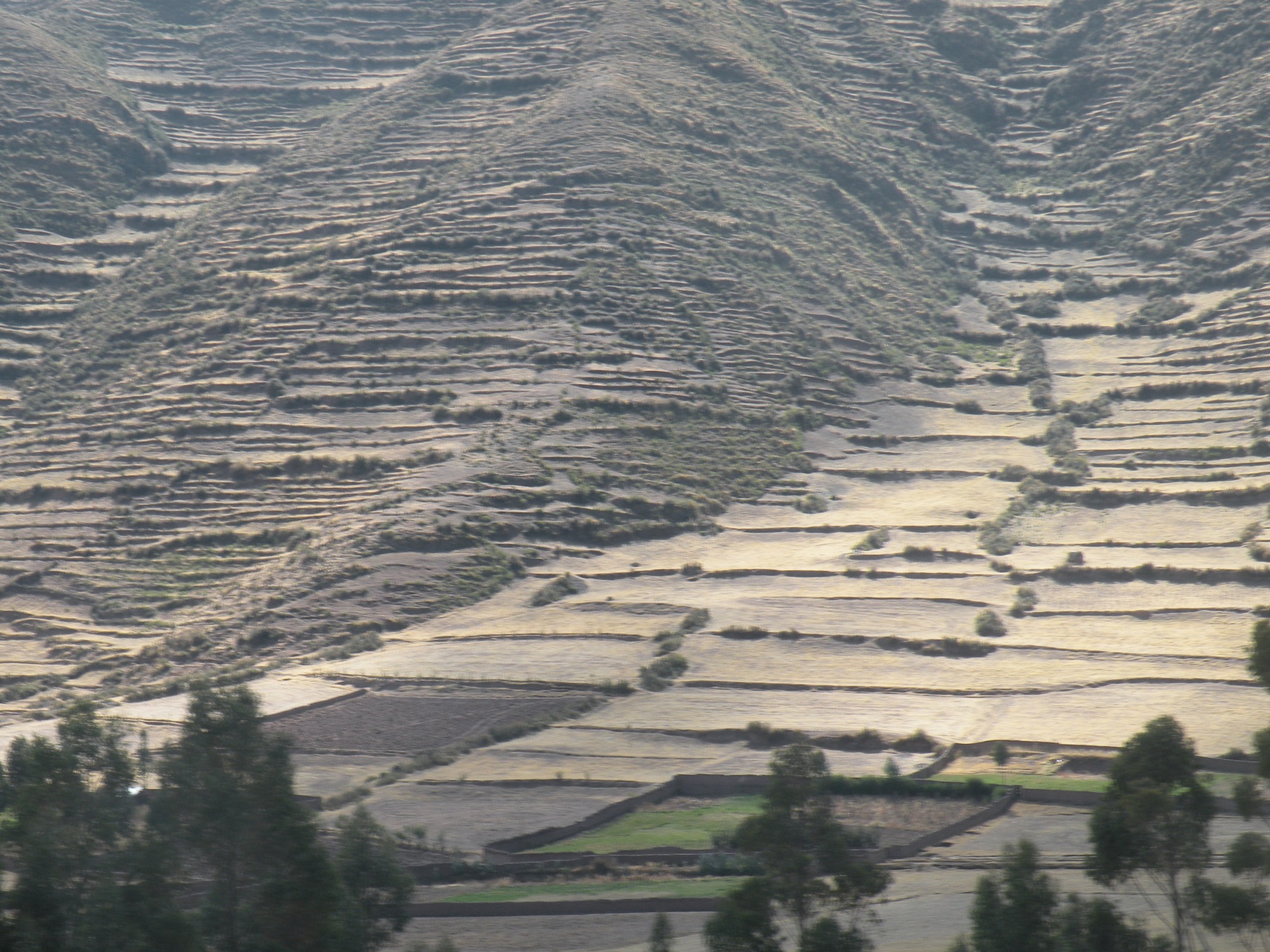
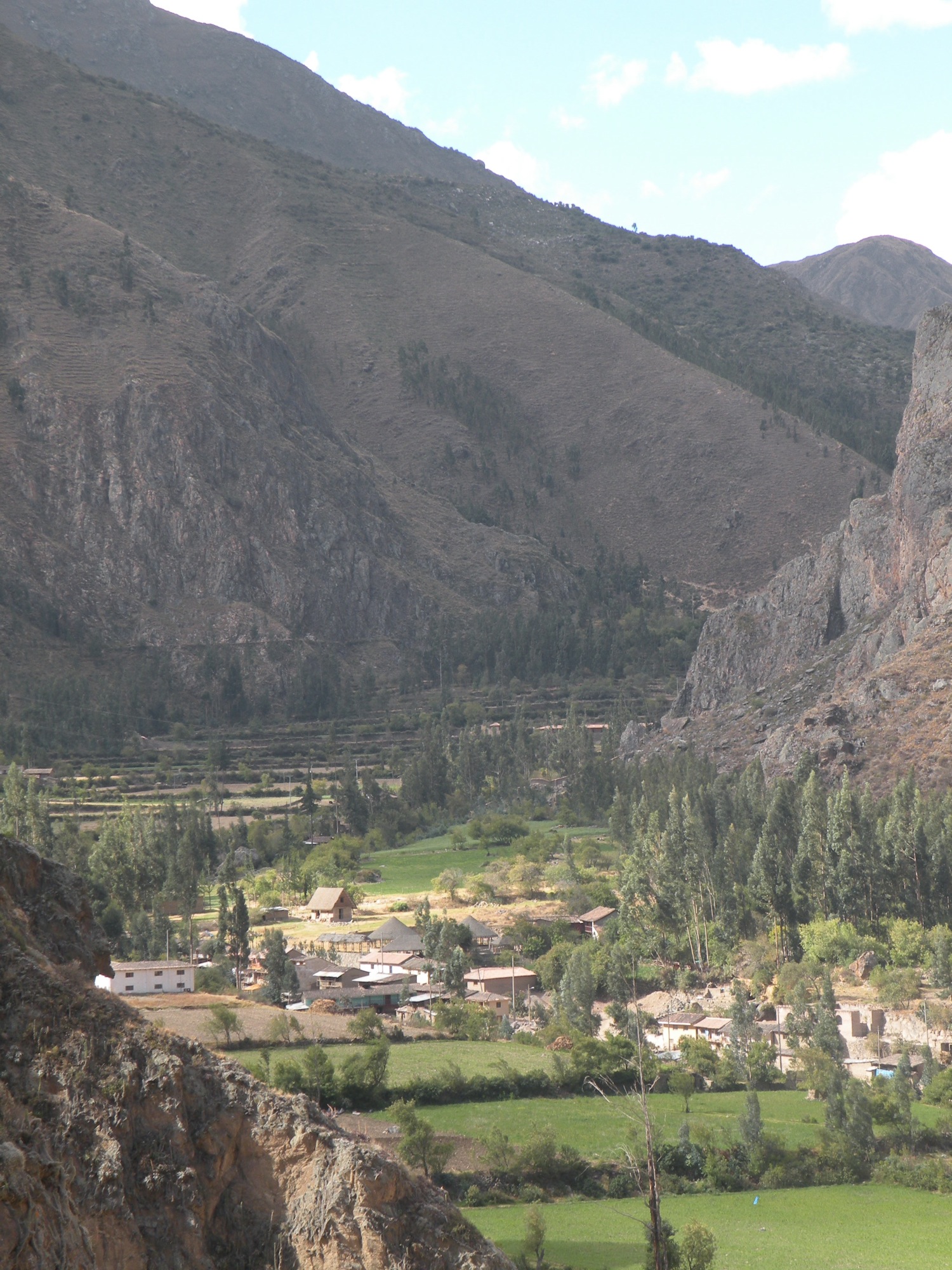
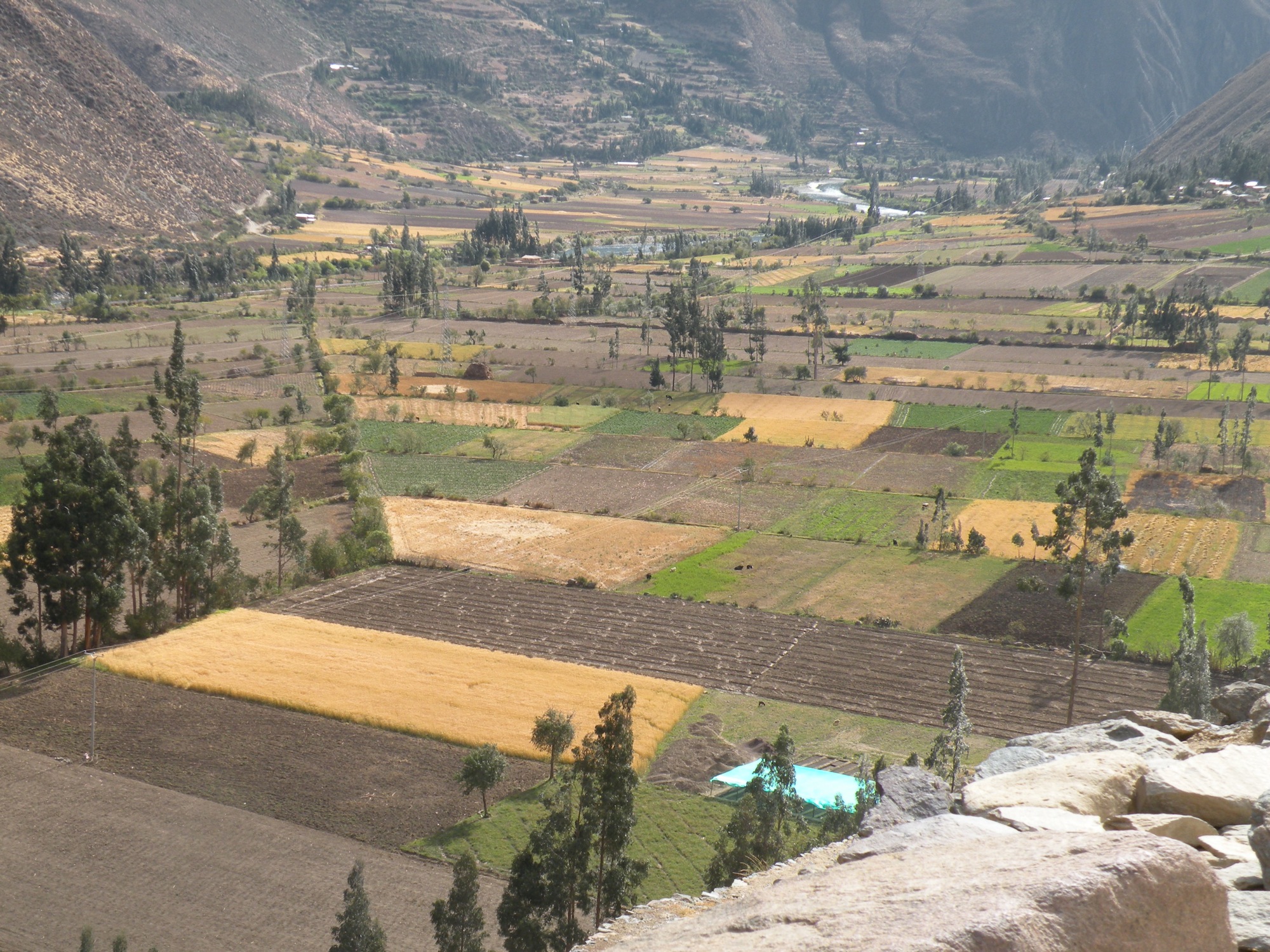

Would have loved to see this city in its heyday with all of the agricultural terraces planted and the people going about their daily business.




We saw an aqueduct, some ceremonial fountains that are still working and a religious site with the wall of the six monoliths. We had a great time wandering through the ruins, climbing all those stairs, and marveling at the engineering capabilities of the Incas.
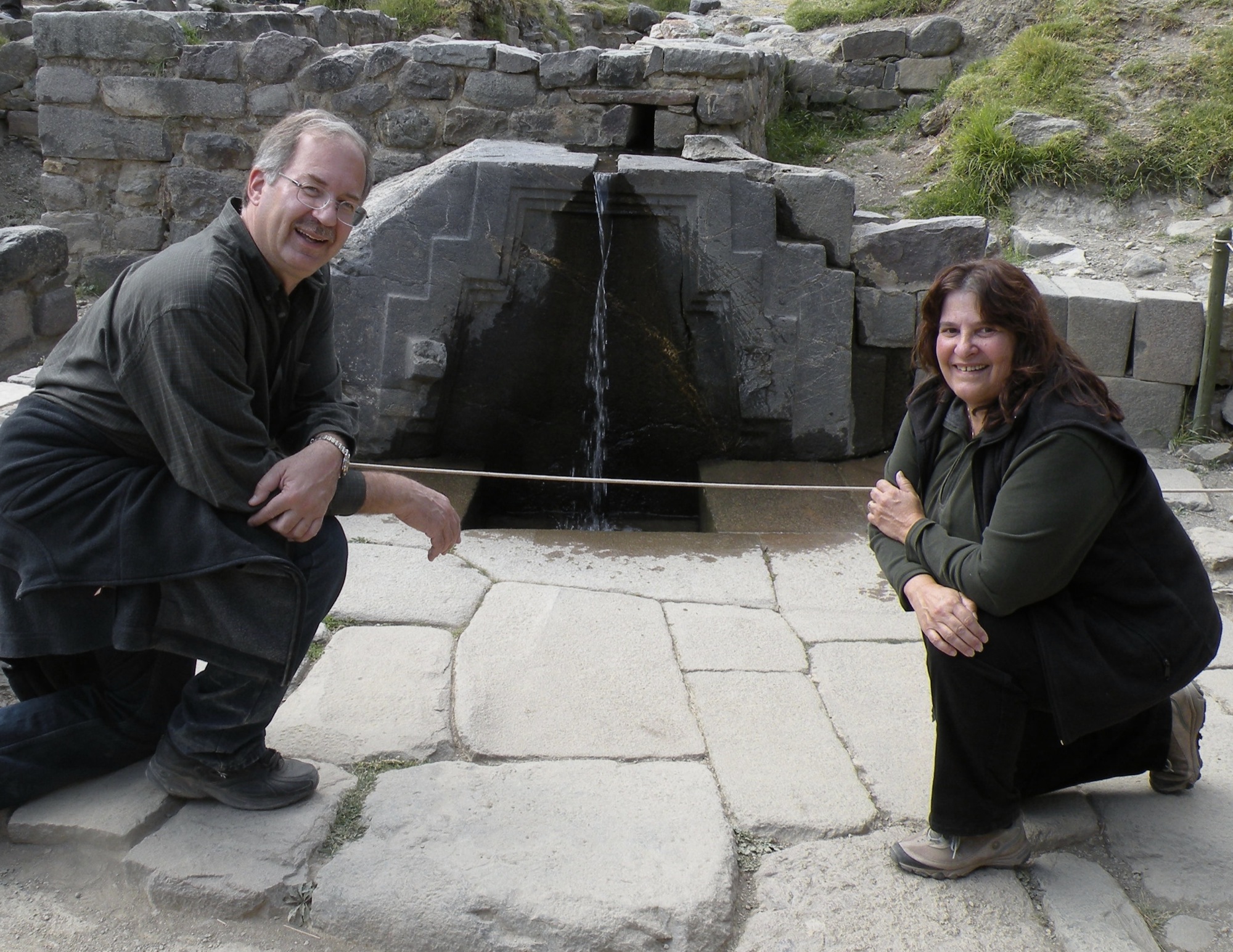
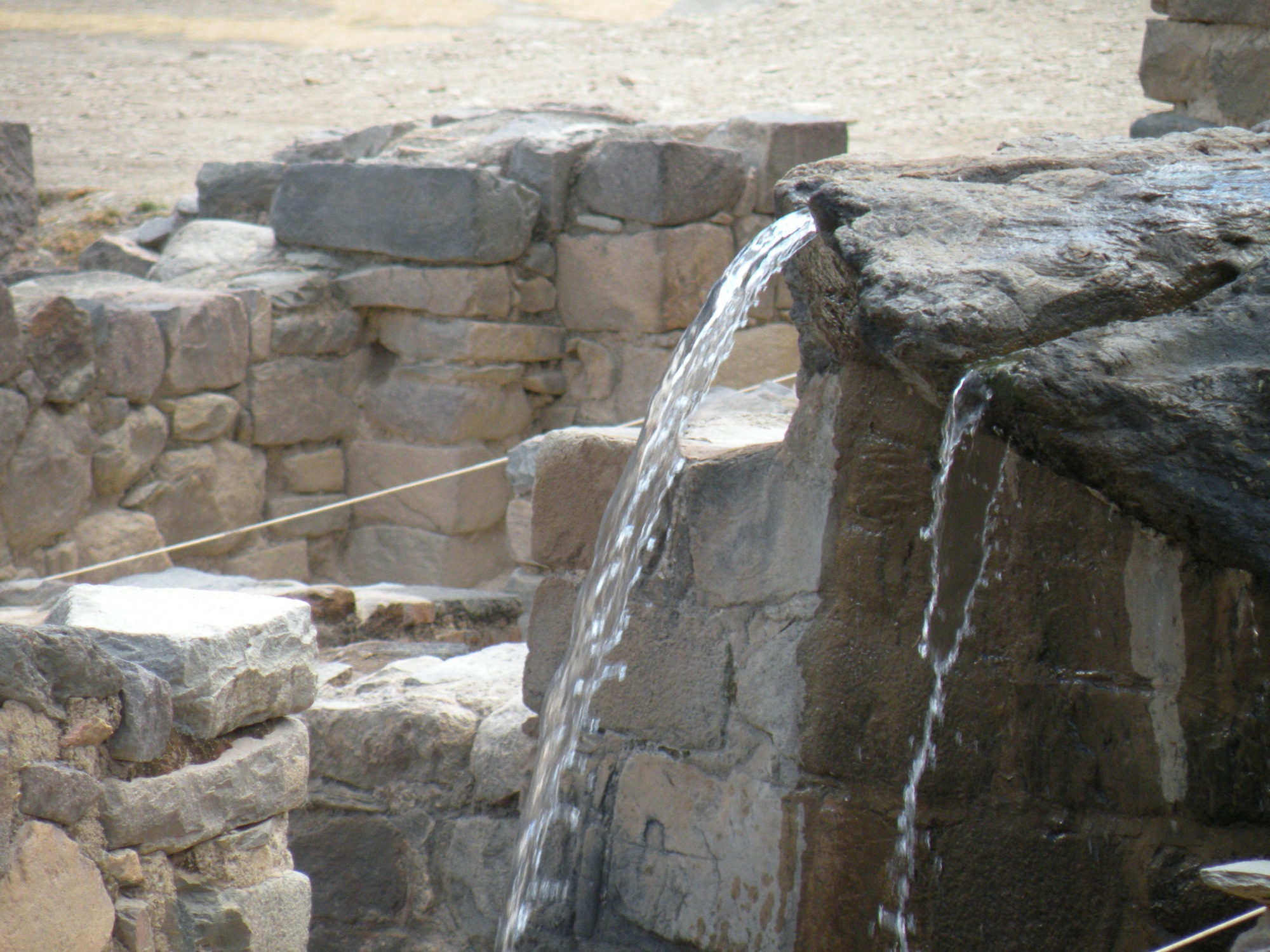
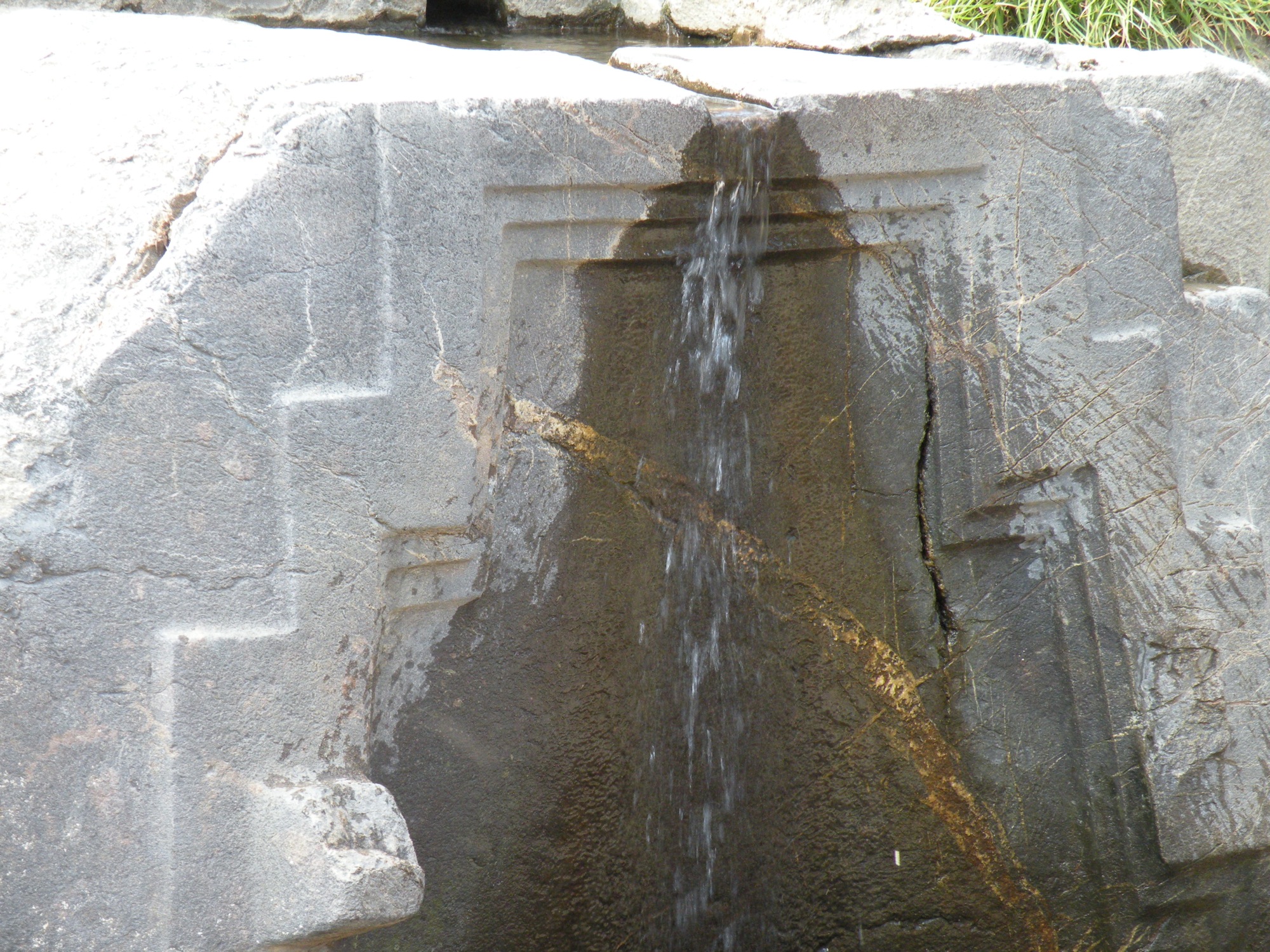
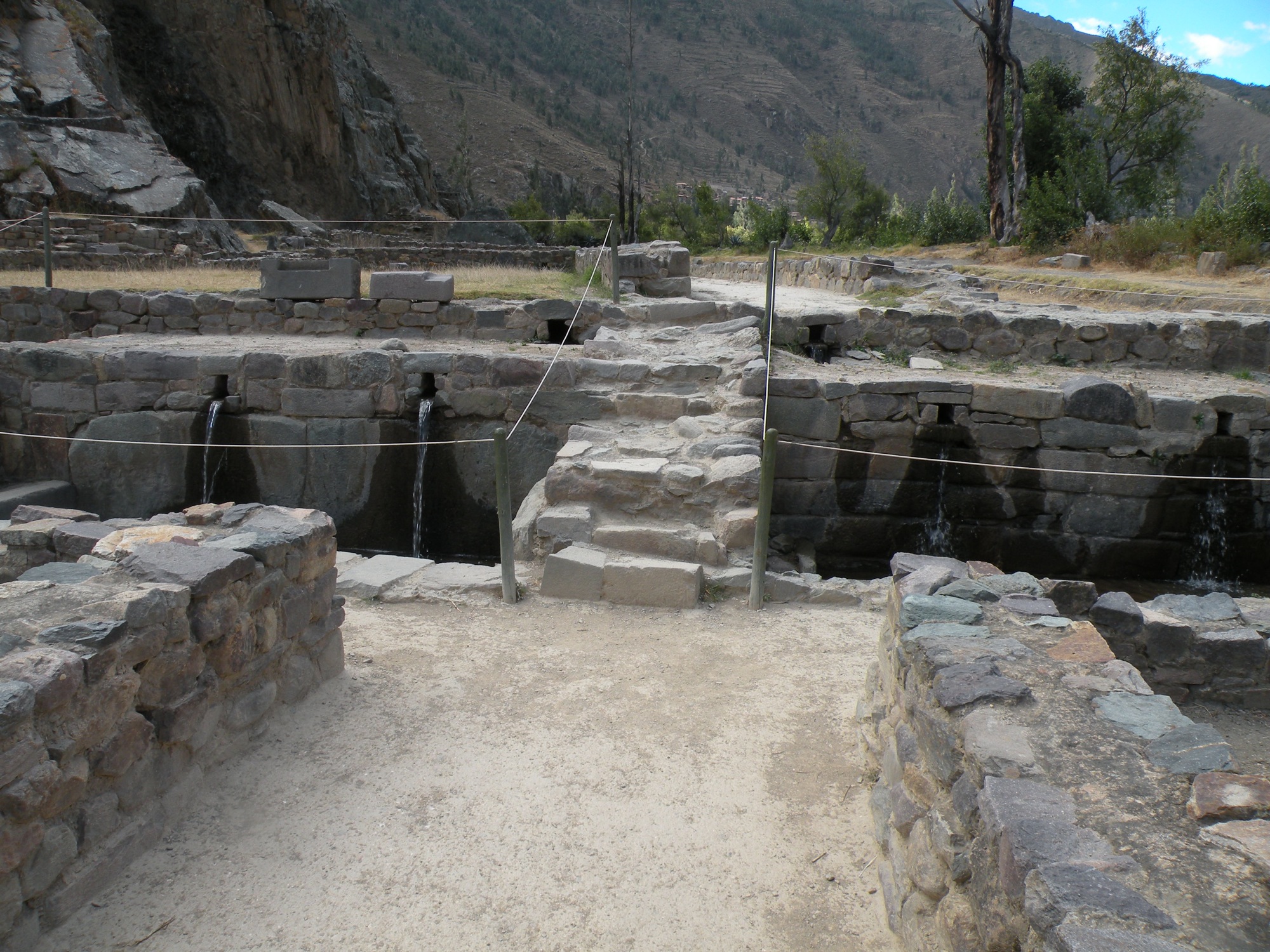




Time to board the train and head to Machu Picchu.



As we chugged through the countryside, the view through the window provided some interesting snapshots of everyday life in this part of Peru.

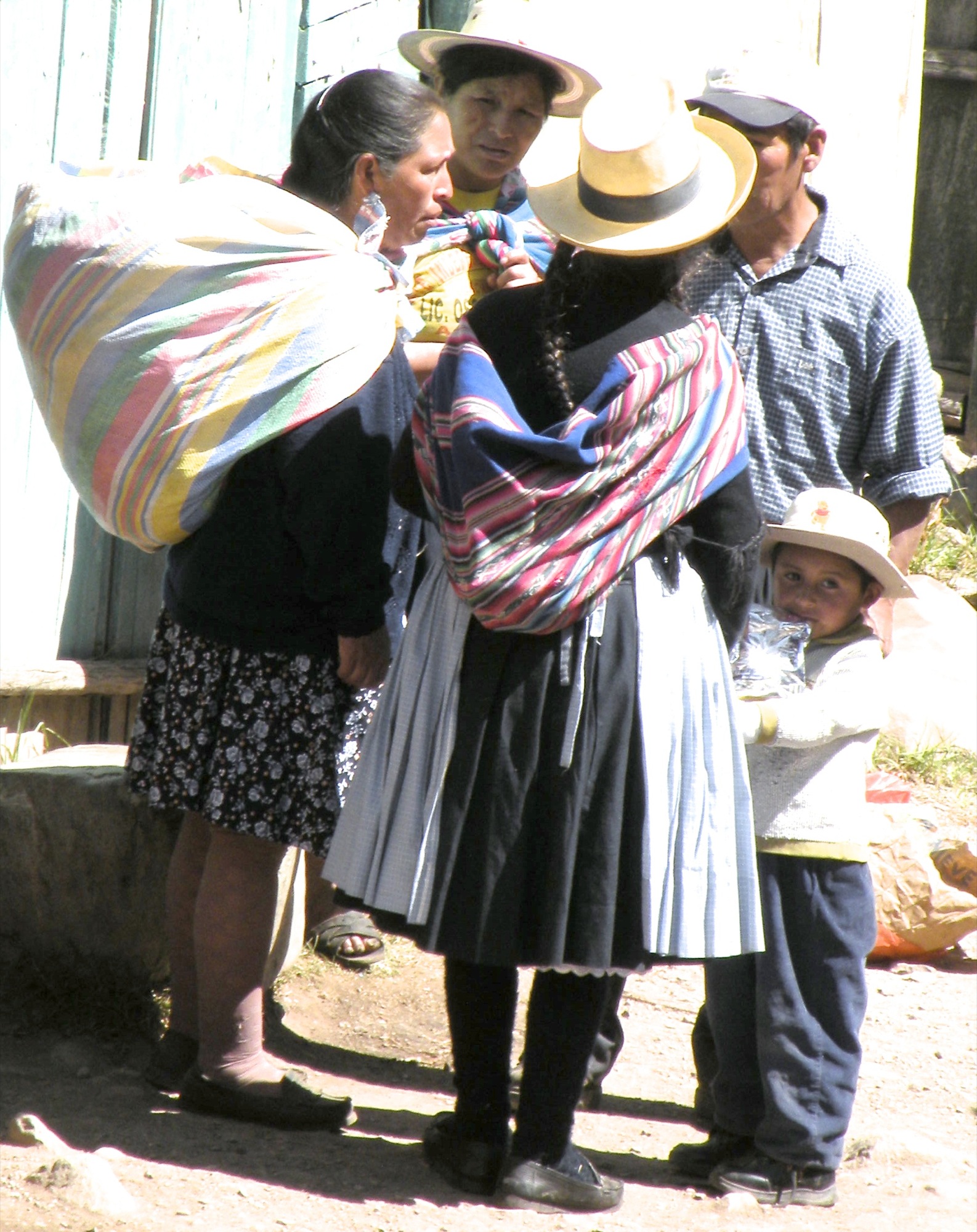


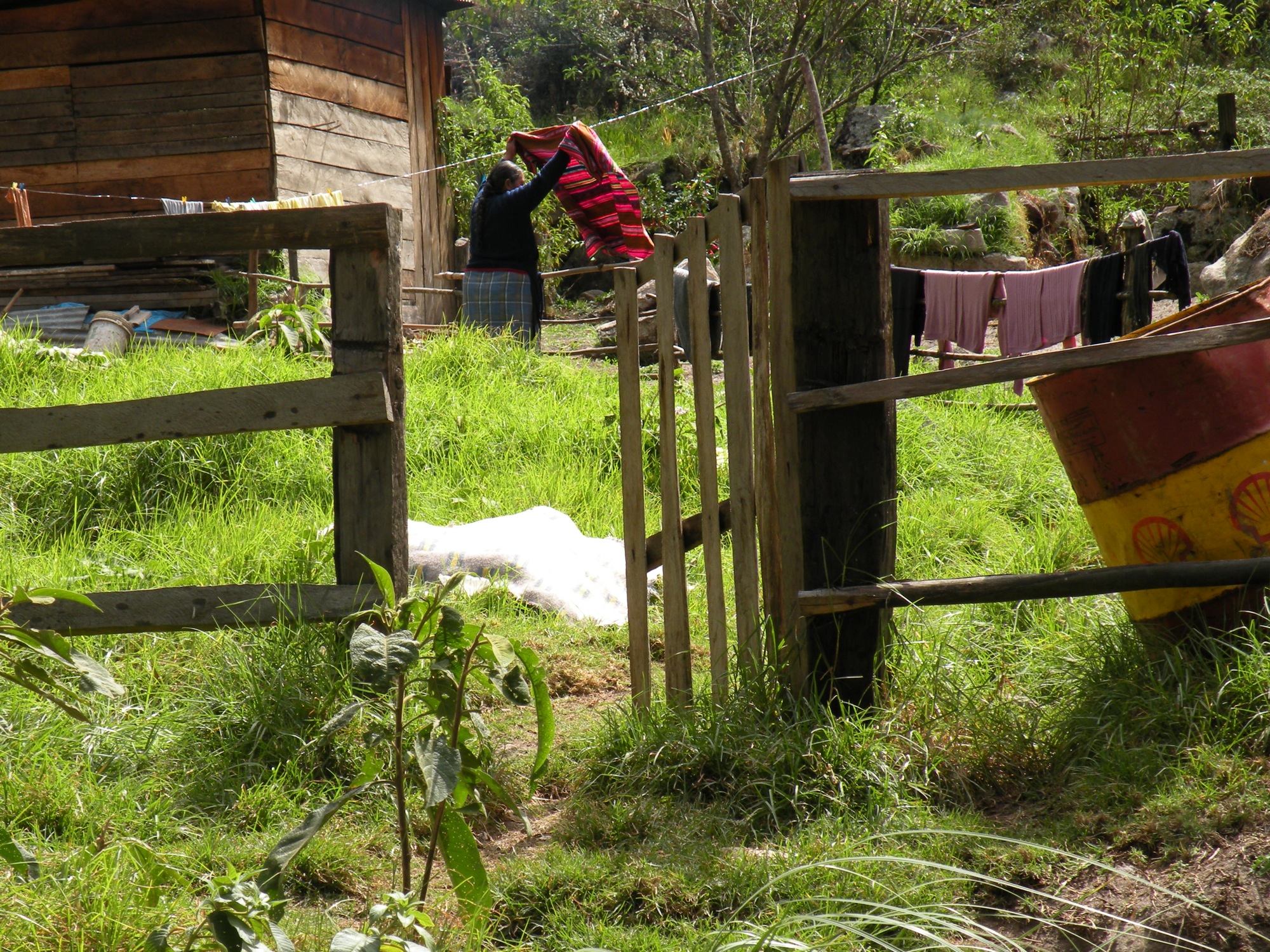
Machu Picchu is an Incan city containing about 200 structures built high in the Andes Mountains at nearly 8,000 feet. The upper part of the city contains mainly religious and ceremonial buildings. The lower part was residential and agricultural. There is a large open square in between the two sections.




The city is an engineering feat. To prevent collapse in an earthquake, doors and windows are trapezoidal and tilt slightly inward at the top. "L" shaped rocks were used at corners of buildings and blocks were offset from row to row. The stone blocks were cut to fit very tightly together with no mortar between.




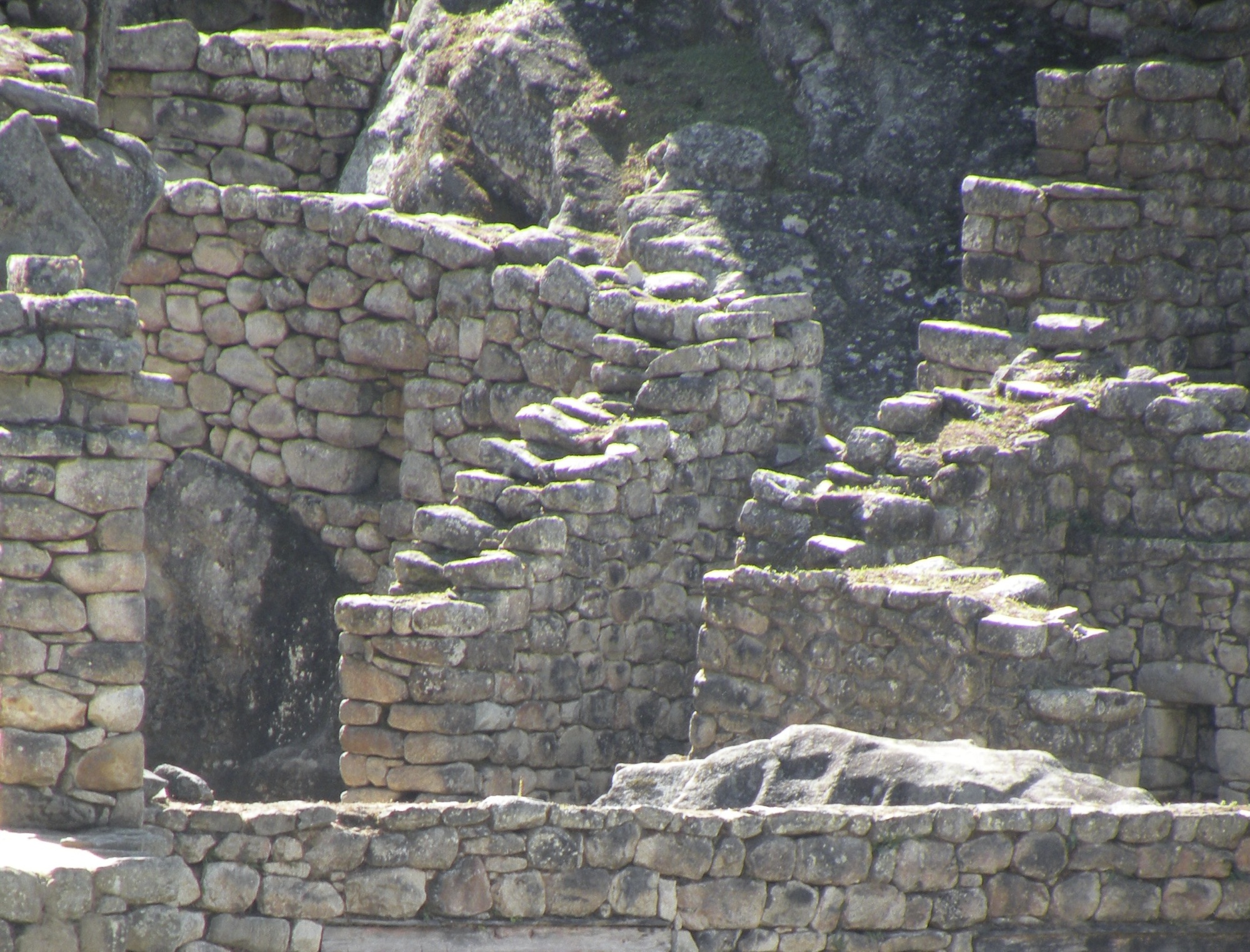

The Temple of the Sun is believed to be a solar observatory. Windows are placed in specific locations so the summer and winter solstices can be observed. There is an alter in the middle of the room that was possibly used for animal sacrifices.
The engineering, once again is amazing. Not only are the rocks perfectly fitted together without mortar, but also the walls are curved to make a round building.
Mummified royalty and nobles were laid to rest in the Royal Tomb. This very large room is right below the Temple of the Sun.
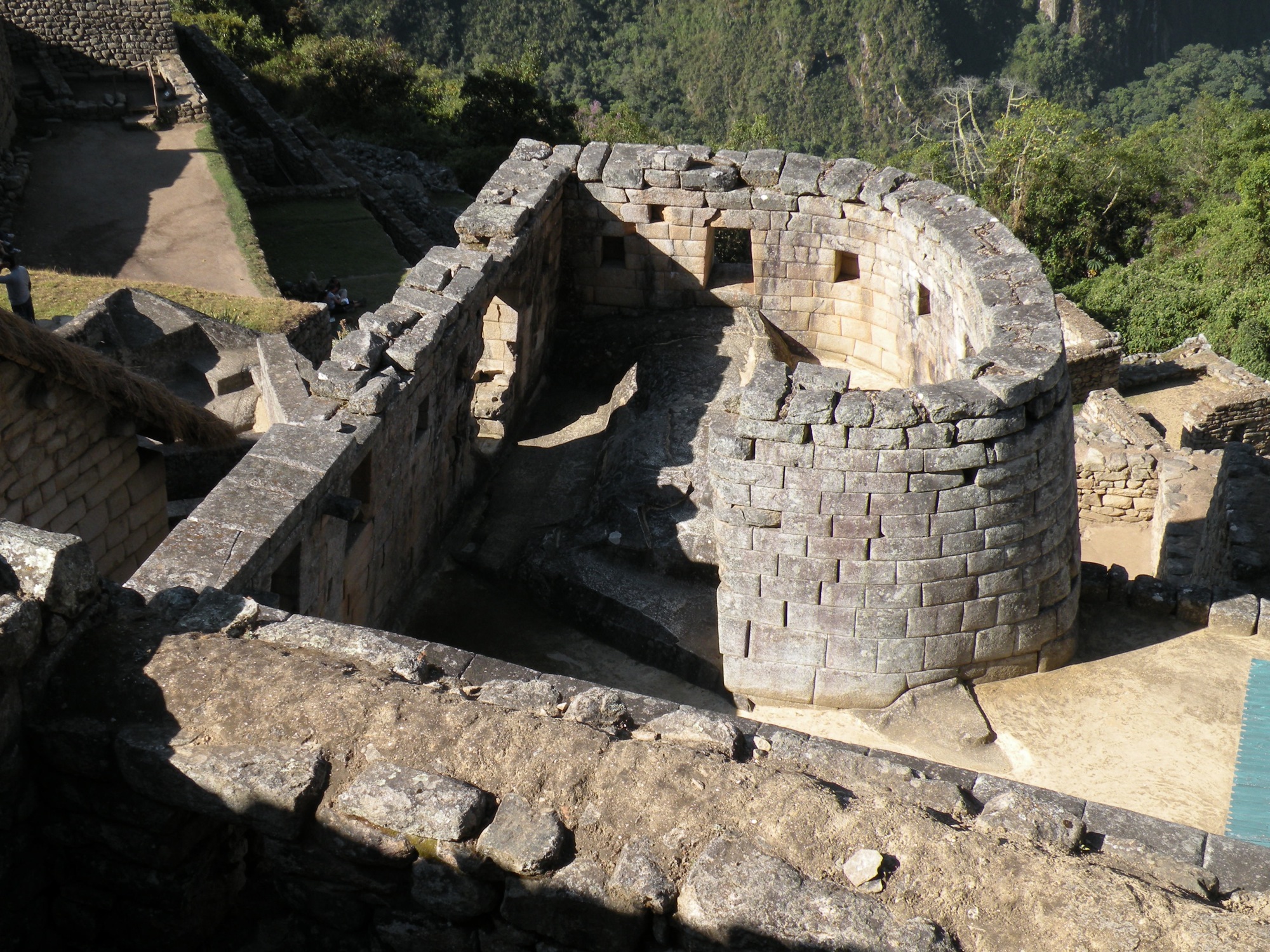
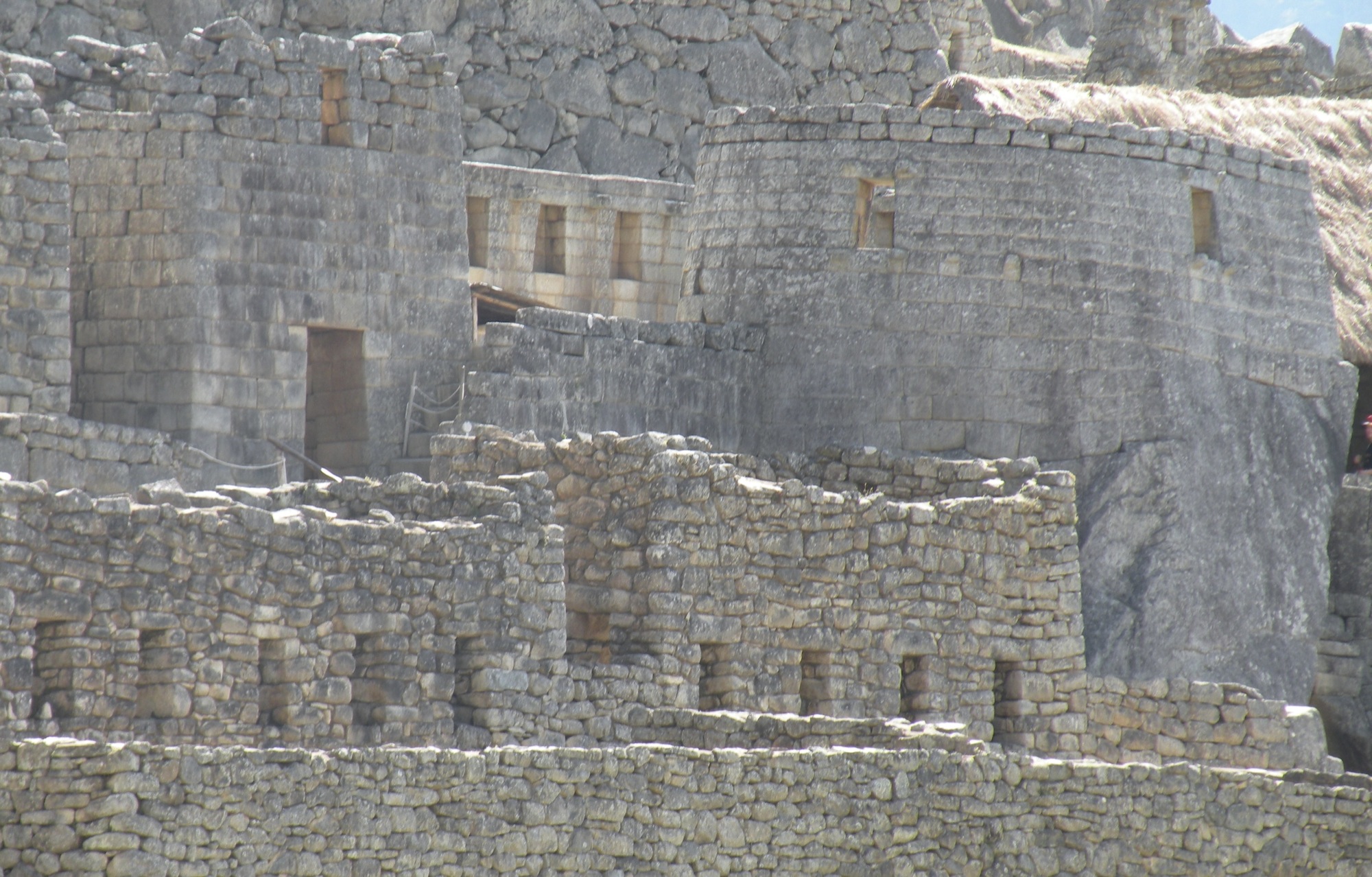
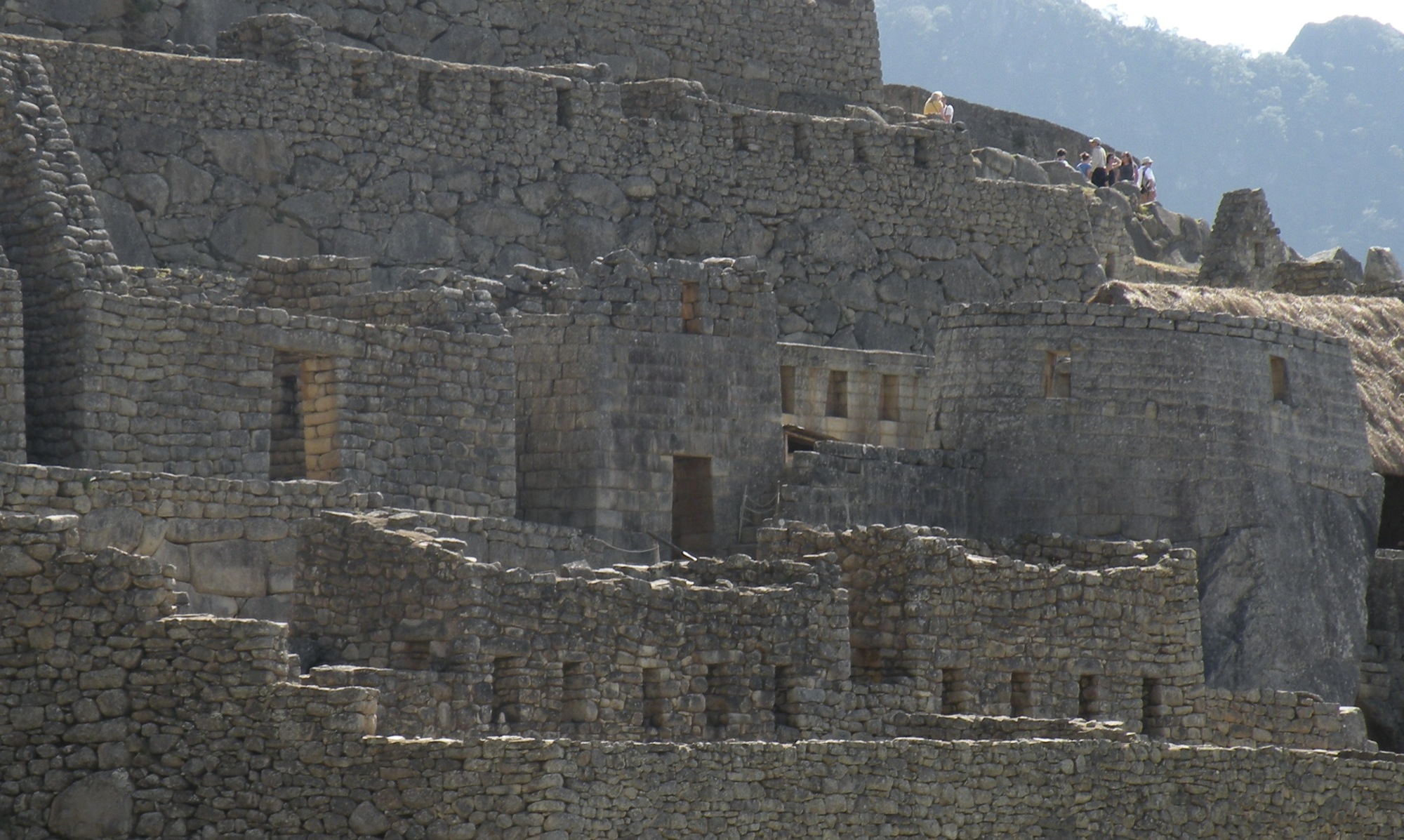
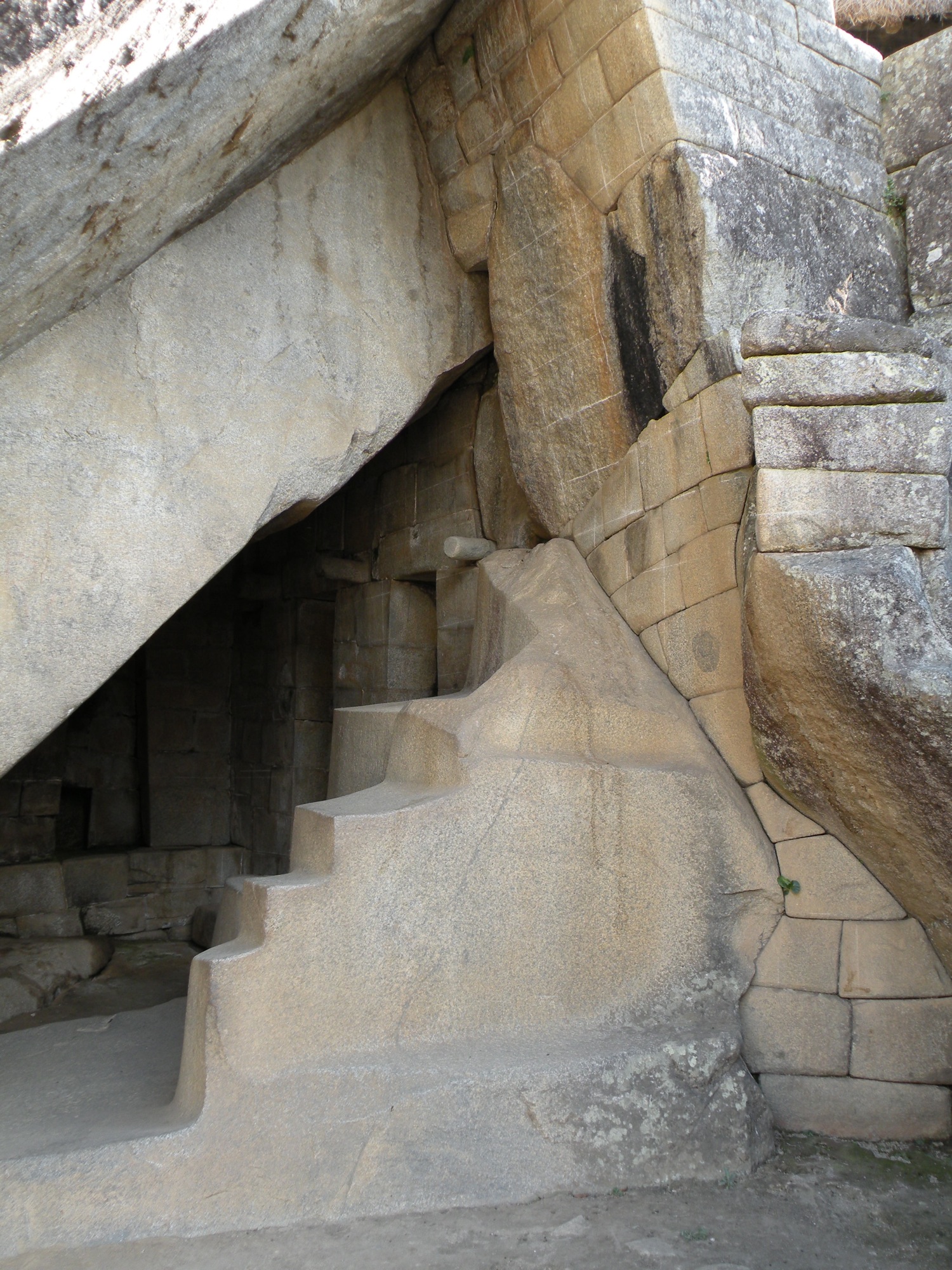
The three windows in this temple symbolize the three cosmic spheres in Inca belief: the world above, this world, and the world below.


During the winter solstice, the sun would align with this rock which the Incas called the "Sun Fastener" or the "Hitching Post of the Sun." During the winter solstice (in the southern hemisphere), the sun is at its farthest from the earth and the Incas ceremoniously tied the Sun to this rock to keep it from escaping.
The large stone ring filled with water was used as a reflecting pool. On still clear nights, the Incas could observe the stars by watching their reflection in the pool of water.
